Leaping the Fence
The opening exhibition at Hestercombe Gallery presents groundbreaking artists such as Tracey Emin, Mark Wallinger, Mark Quinn, Mike Nelson and Susan Philipsz among others, many of them Turner Prize winners and nominees
Please be aware that Hestercombe will be closed on Christmas Day and Boxing Day, but will be open daily throughout the rest of the Christmas holidays.
The opening exhibition at Hestercombe Gallery presents groundbreaking artists such as Tracey Emin, Mark Wallinger, Mark Quinn, Mike Nelson and Susan Philipsz among others, many of them Turner Prize winners and nominees
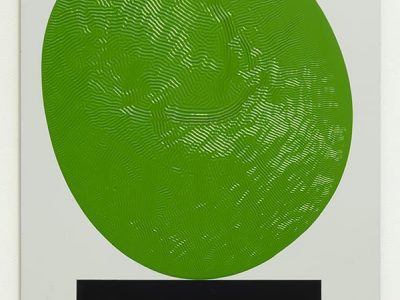
Oceans, a solo show by Tania Kovats, is the second exhibition at Hestercombe Gallery, and presents a selection of the artist’s existing work made between 1993 and 2004
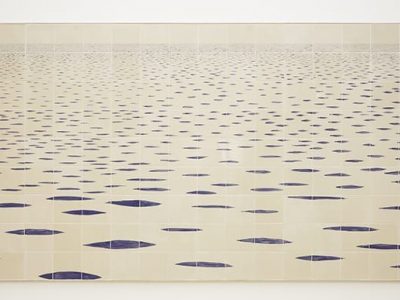
Second Site presented new contemporary work by five artists who responded to Hestercombe Gallery’s reclaimed spaces through exploration of Hestercombe’s history and recent re-unification between the house and gardens
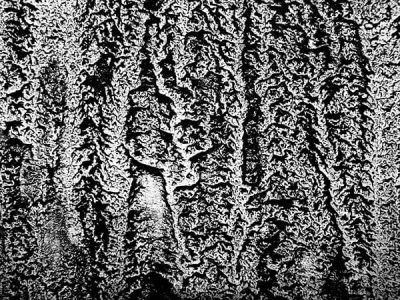
This exhibition focused on the personal passions of art collector Chris Ingram, and showcased important works from the twentieth century to the present day
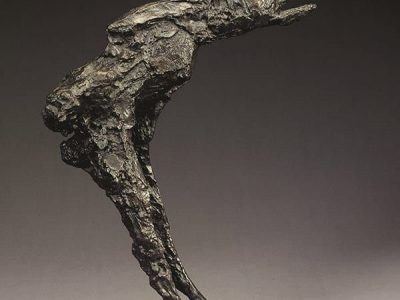
Double Take: Photography and the Garden brought together photographs by Gertrude Jekyll (1843-1932) with work by leading contemporary artists Sarah Jones, Helen Sear and Mark Edwards
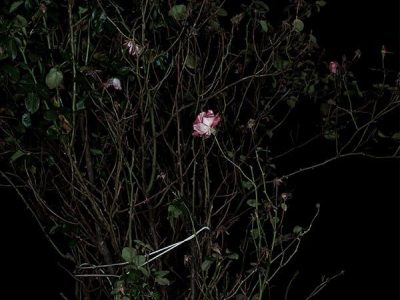
During a summer-long artist residency at Hestercombe, artist Simon Bayliss has responded to the gardens through painting en plein air and writing poetry
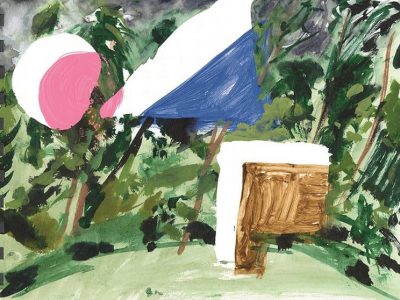
A selection of the Postcards Collection by Jeremy Cooper, featuring over 200 artists.
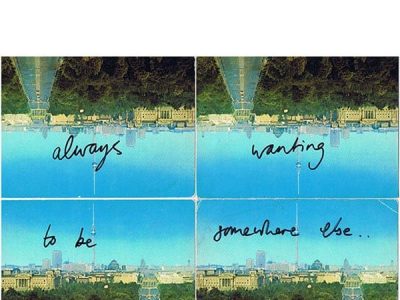
An exhibition that maps a series of relationships between artists and landscapes.
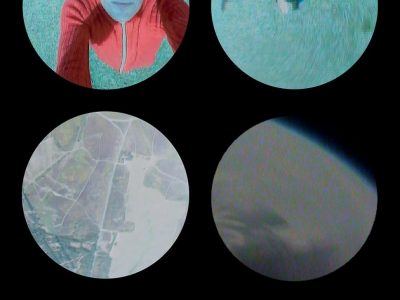
During his residency at Hestercombe, French artist Gilles Bruni made two landscape-based works.
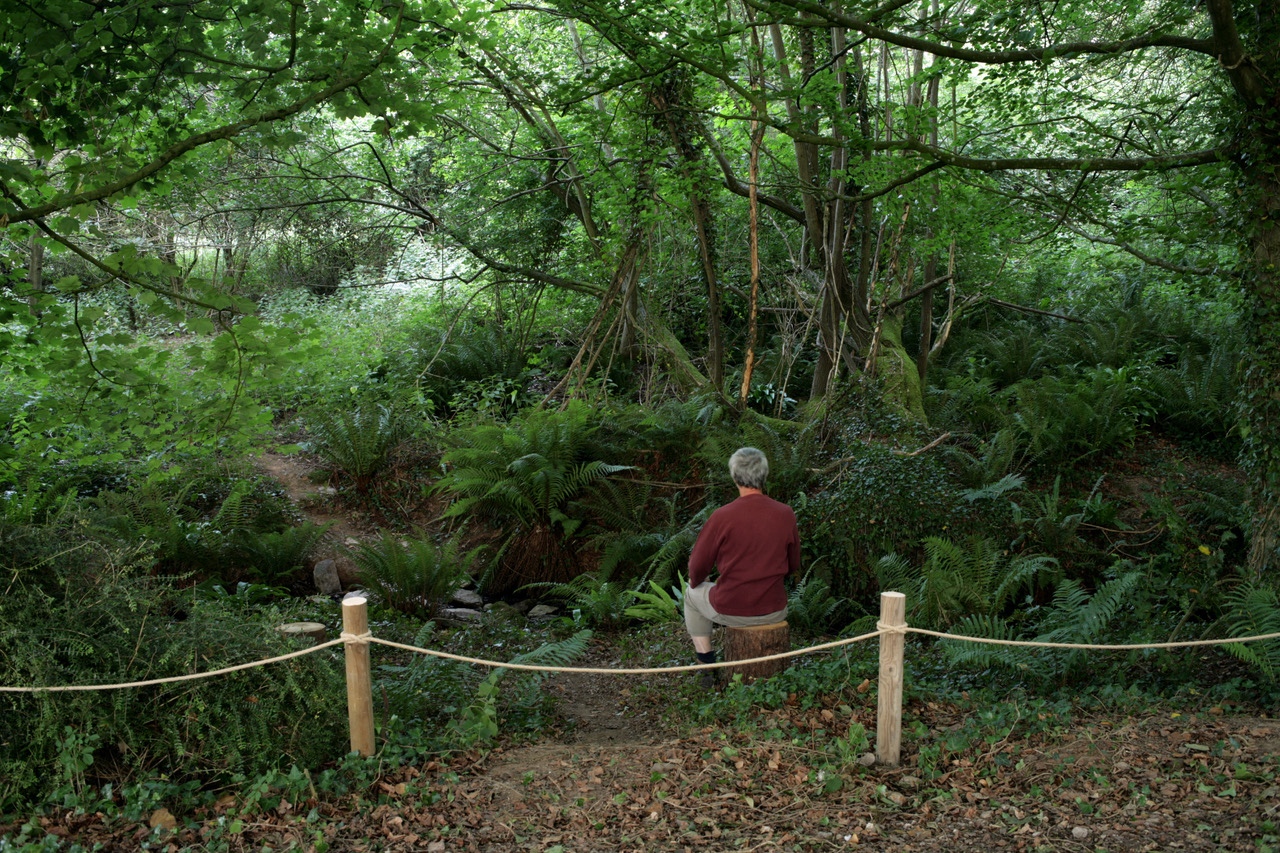
Situated at the foot of West Combe, Bruni saw this area as:
‘a ready made garden, crossed by the stream, with different levels which add depth, thick vegetation, predominantly ferns, whose fronds bathe the whole area in a beautiful green light. And, to bring it to life, the tracks of badgers which plunge into the stream and vanish out the other side. … I just cleared the spot, moving leaves from the badgers’ path, adding a few extra stones to the stream crossing, cutting a few branches and bending some young holly…. To complete the picture: a rope [barrier], indicating its existence and logs as some sort of foundation leading to the garden. A place to sit and to become enveloped by the surroundings, to the point of becoming a part of them’.
~ Gilles Bruni
The artist invited groups of visitors to go on a walk with him to discover, and sit in, this ‘out of bounds’ oasis.
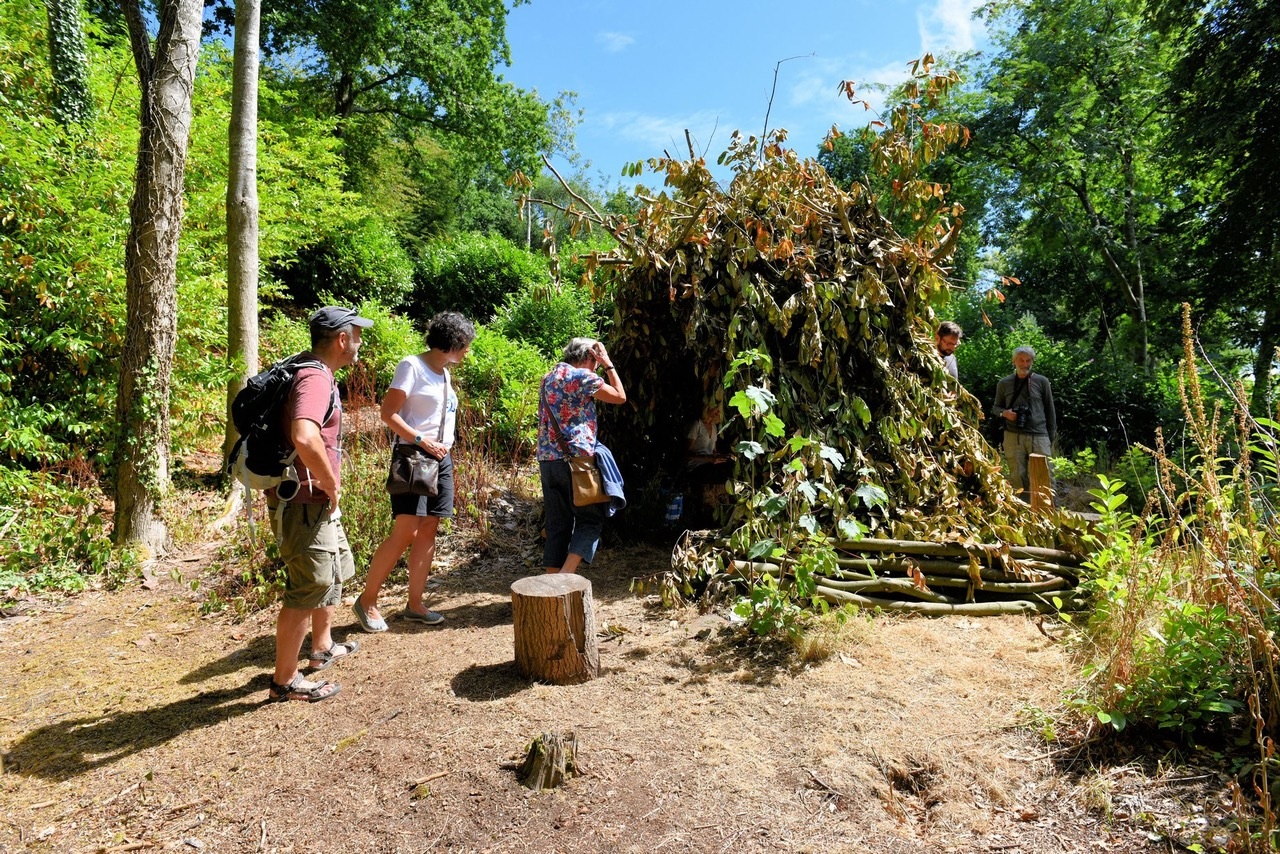
For two weeks in June/July Gilles Bruni became Hestercombe’s contemporary hermit, building and inhabiting a shelter next to the archaeology of the original site of the C18th Hermitage in the Landscape Garden. For Bruni this chimed with the wider political, environmental and global change present at the time, especially of the often cruel reality of vagrancy, migration and forced human displacement.
Visitors were invited to take the path to the Hermitage to encounter Bruni living his daily life in this space. For the artist this act was a performance piece:
‘I did not necessarily know what I was going to do there or even what I was going to be able to say in my broken English: it was a beginning. Sometimes I had really fulfilling conversations with locals, or with knowledgeable specialists who offered me new theories about the place. As time went on I grew to better understand these stories of hermits, mixing fact with fiction’.
~ Gilles Bruni
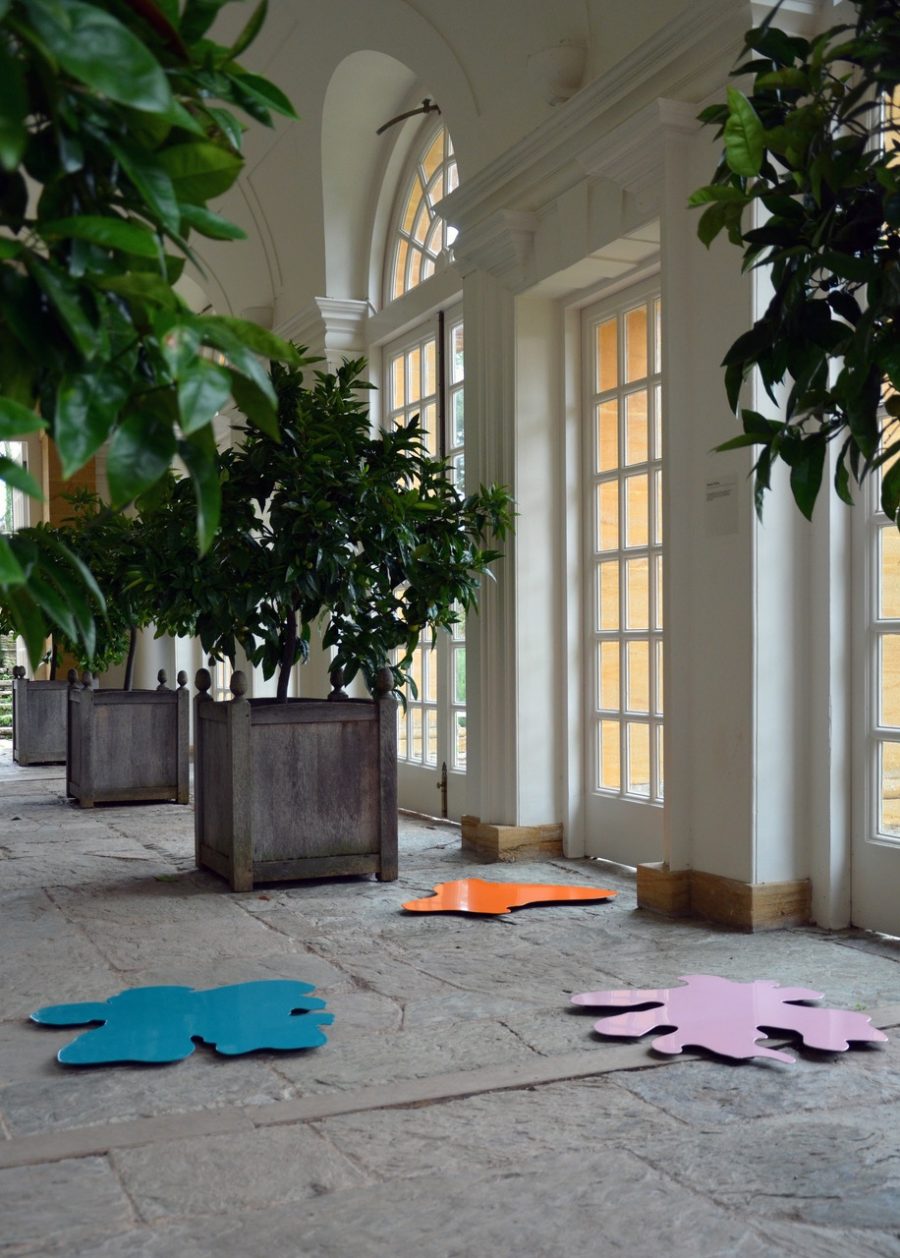
Trace was a site-responsive work by Philippa Lawrence for Hestercombe, and was the culmination of an extensive study of tree trunks, ancient and new, within the grounds. The simple, bold enamelled steel forms were positioned on flagstones of a walkway that run through the Orangery, linking the Dutch Garden to the Formal Garden, both designed by Lutyens and Jekyll. Later they were shown in Hestercombe Gallery as part of Materiality: Provisional States.
Lawrence’s initial research was based on the ‘Hestercombe Dendroarchaelogy Consultancy’ undertaken by Lear Associates in 1997, held in Hestercombe’s archive, and from which some ancient veteran tree stumps can still be traced and identified. Selection of shapes were made after extensive hours walking the site, documenting and drawing. Some profiles are from old trees; others are more obviously from younger trees and more recent interventions.
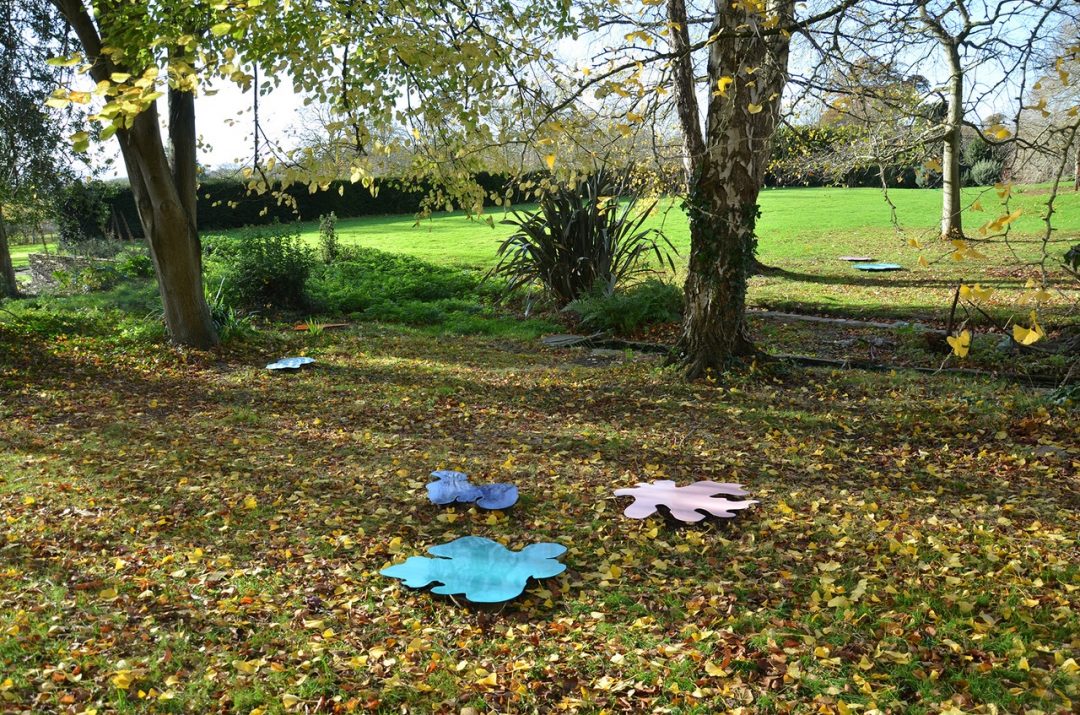
The work draws attention to an overlooked aspect of the woodlands and grounds, while acknowledging the human forces that shaped Hestercombe. This element of human intervention and agency in nature was key; it informed the choice of colour of the sculpture.
‘Much of what we experience both here at Hestercombe and in other landscapes is a result of human activity and land management. Whilst keeping true to the natural forms of the trunks the palette references human design and aesthetics, rather than the hues and tones available and more obviously associated with the landscape’.
~ Philippa Lawrence
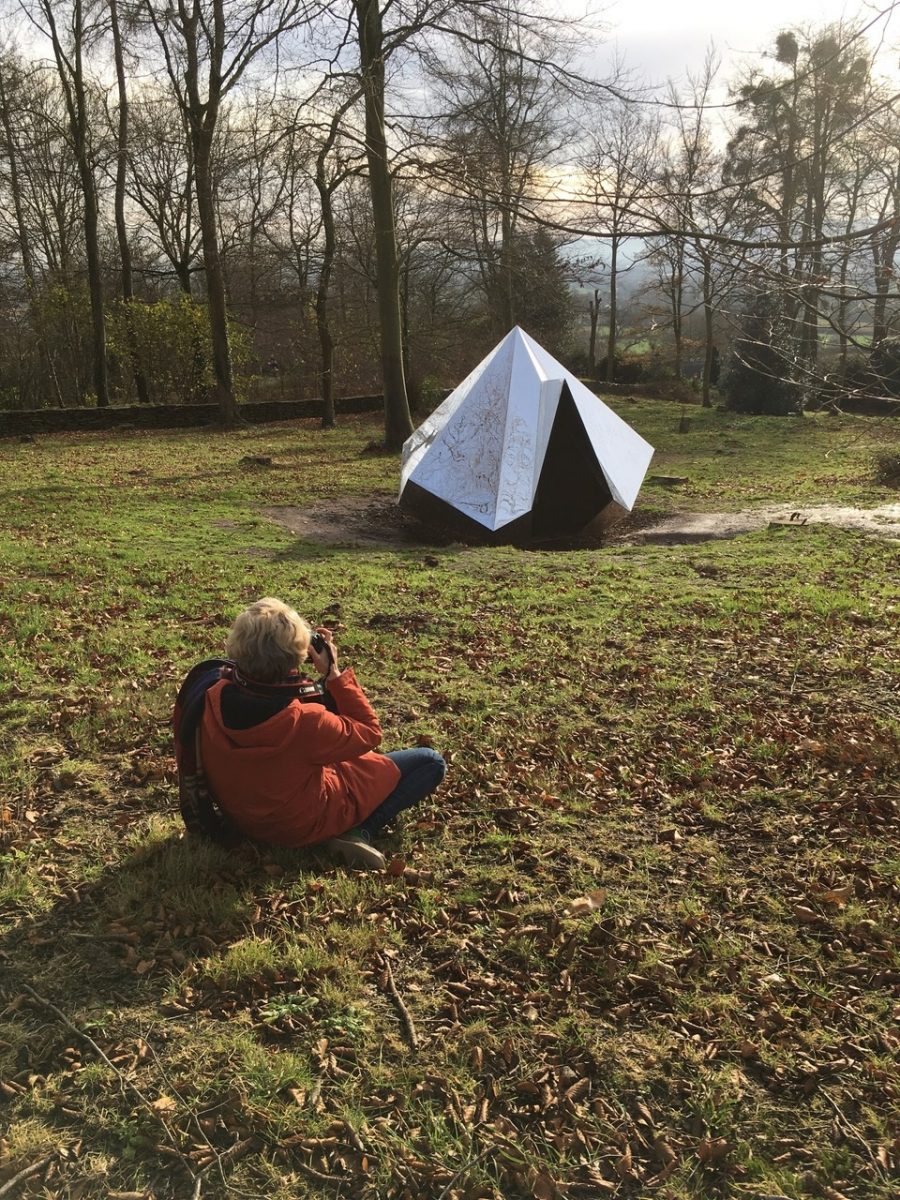
I Like Everything was designed in response to Jennie Savage’s research into the history of the gaze and the changes in how we spend time in places.
The historic seats at Hestercombe are positioned to direct the viewer’s gaze and to frame the landscape to have a particular effect on the viewer. Each seat appropriates a culture or tradition, and the sculpture, a 14th Seat, takes the lead from this history of appropriation by using an inverted emoji symbol from social media which visitors can enter to experience a fixed view via a camera obscura.
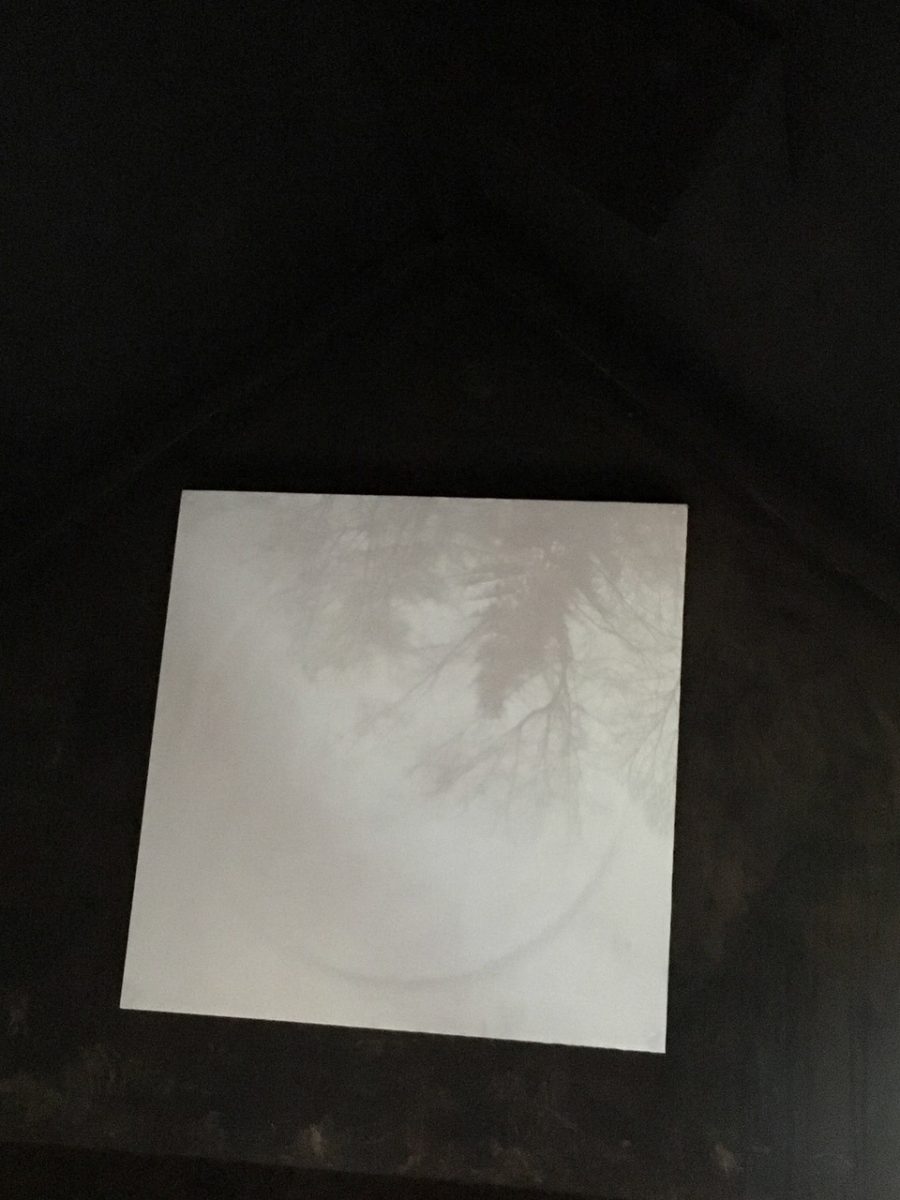
The mirrored structure reflected the canopy of the trees and the floor of the meadow, deconstructing and fragmenting the view and allowing visitors to engage with the detail of the landscape rather than the big picture.
“The title darkly suggests that to ‘like everything’ is grossly disempowering, and points to something dystopian. In the same way that this mirrored surface reflects and shines, under the surface it is also a black mirror – something you can fall into. A dark secret that cannot be told.”
~ Jennie Savage
The work was co-commissioned with Somerset Art Works and was part of the “Landscape of Objects” project across Somerset.
